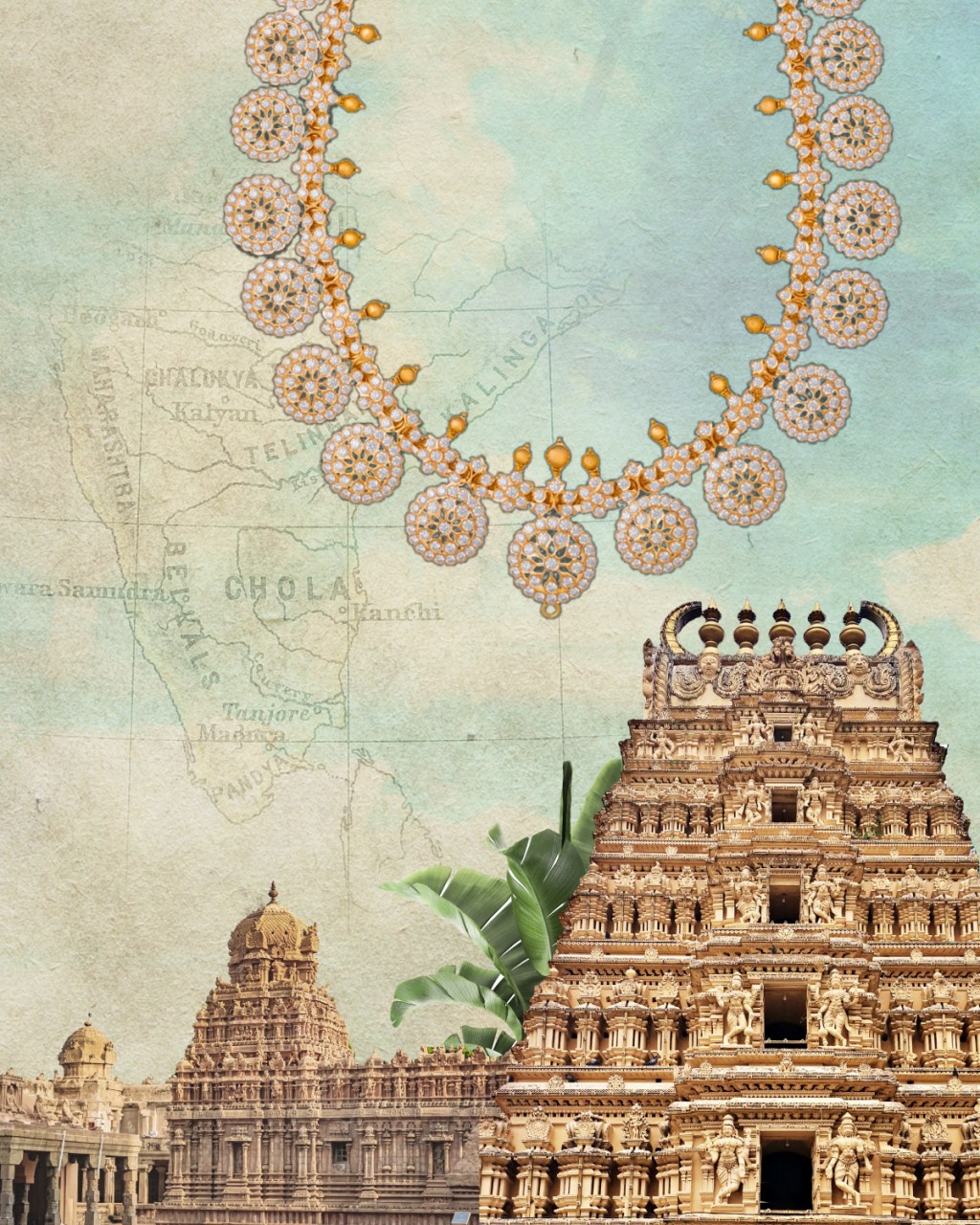Men & Ornament: The Sarpech
The Sarpech, or turban ornament, has an inherently royal quality to it – owing to its history, and the pivotal role of natural diamonds in its evolution.
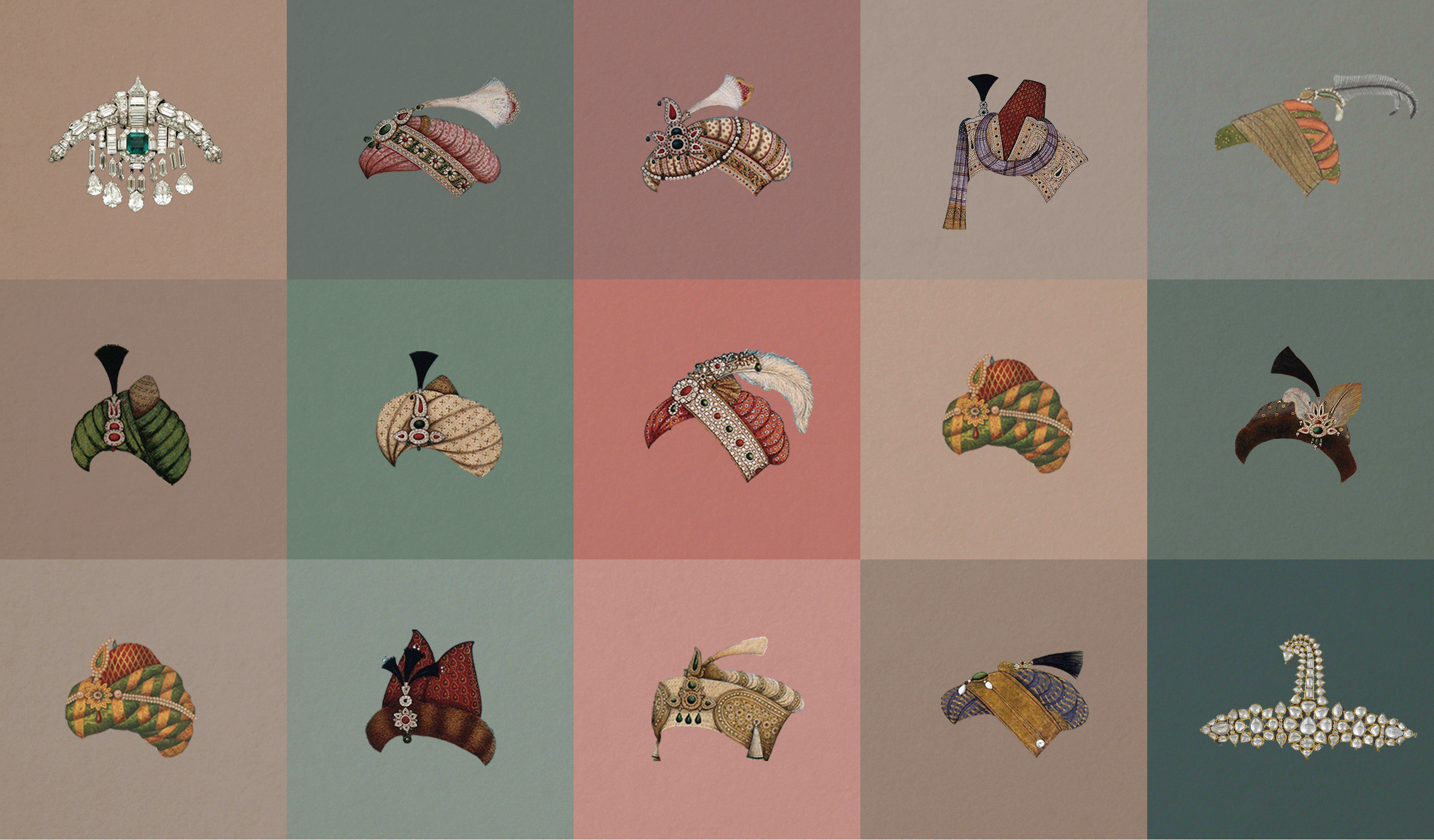
The Sarpech: A Journey Through Centuries
The sarpech has always been more than just an accessory. It has travelled through centuries and cultures, fascinating everyone who came across it – inspiring cultures in profound ways that have led to several variations of their own. Drawing its name from the Urdu words ‘sar’ (head), and ‘pech (literally translated to ‘screw’), the sarpech is magnificent— even mysterious. Some sources claim that depictions of the sarpech can be found in cave paintings as old as 2000 years – and it may well be the case, for rituals of adornment in the subcontinent have been thousands of years in the making. But our story begins in the 16th century, with the Mughals and their penchant for pleasing aesthetics.
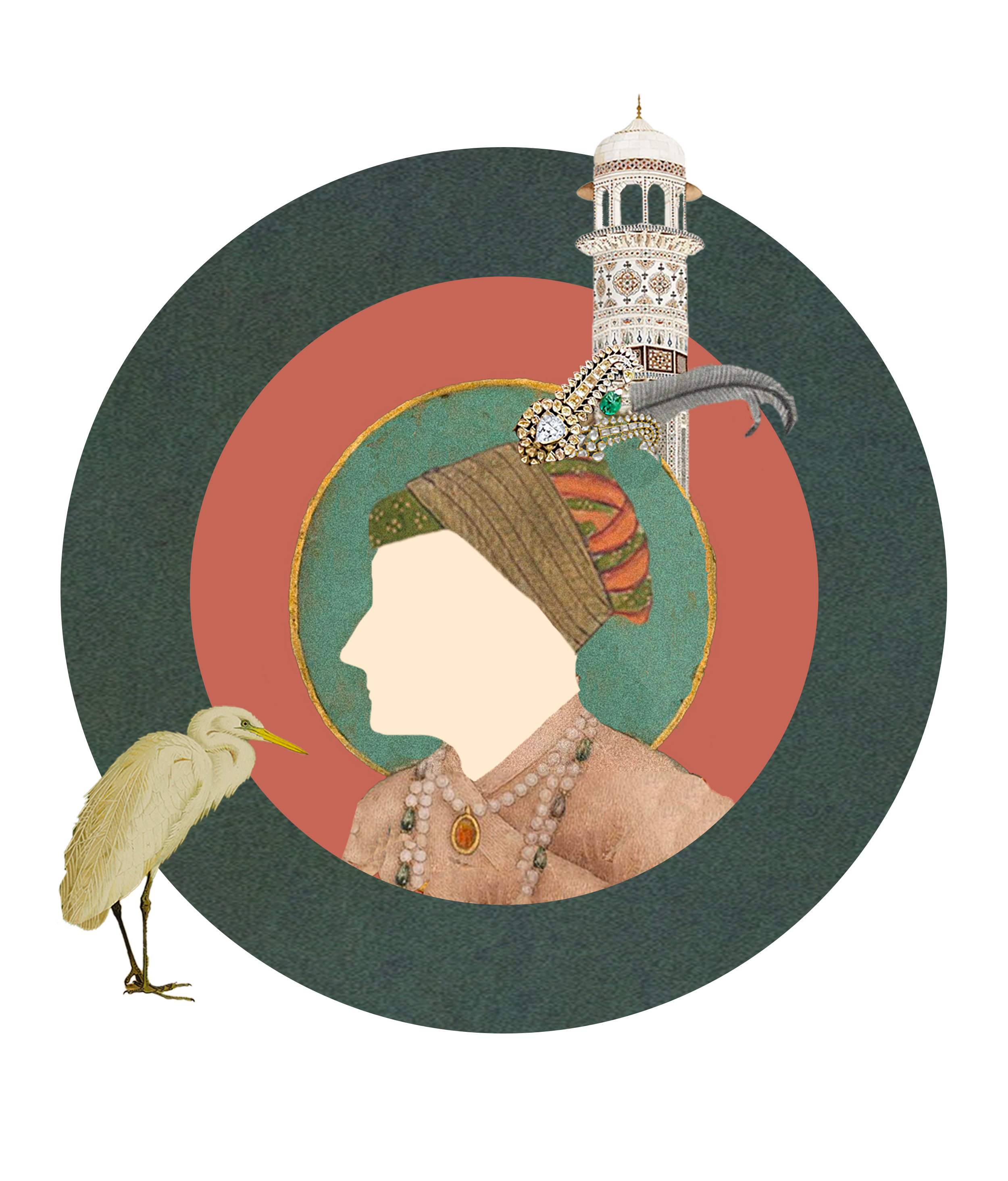
Images via Wellcome Collection (Public Domain) & Wikimedia Commons
Evolution Of The Sarpech From A Feather Kalghi To A Diamond Embellished Jewel
The sarpech began its journey as the kalghi. A simple yet elegant adornment, it consisted of three black heron feathers extending backwards with the ends drooping. Before long, master craftsmen in the royal court began innovating in the most inimitable Mughal manner, adding beautiful embellishments. First it was pearls, then came rubies and emeralds, and soon enough, the pièce de résistance – natural diamonds from the legendary mines of Golconda – set the sarpech on a course of regal brilliance.
Emperor Akbar – perhaps the greatest of the Mughal emperors – ushered in a new age of design and craft. The sarpech was now being crafted from pure gold and set with several precious gemstones in addition to natural diamonds. The Emperor’s sarpech was adorned with a specularly cut natural diamond in the shape of a triangle. A staggering 116 carats, this natural diamond has since been called the Akbar Shah diamond. Over a century later, this epic diamond was still the obvious choice to serve as one of the eyes of the legendary Peacock Throne commissioned by Akbar’s grandson – Emperor Shah Jahan.
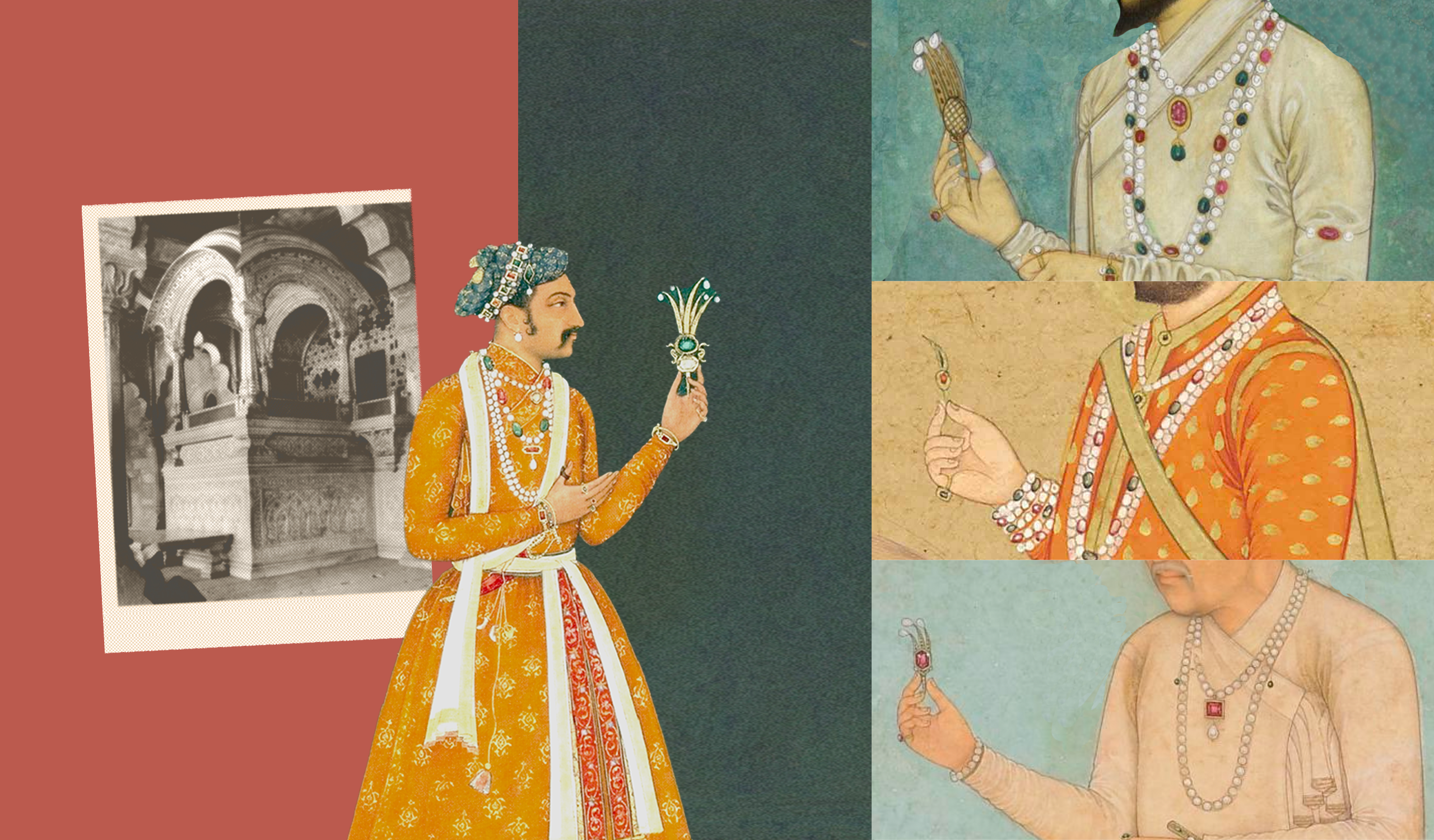
…master craftsmen in the royal court began innovating in the most inimitable Mughal manner, adding beautiful embellishments…
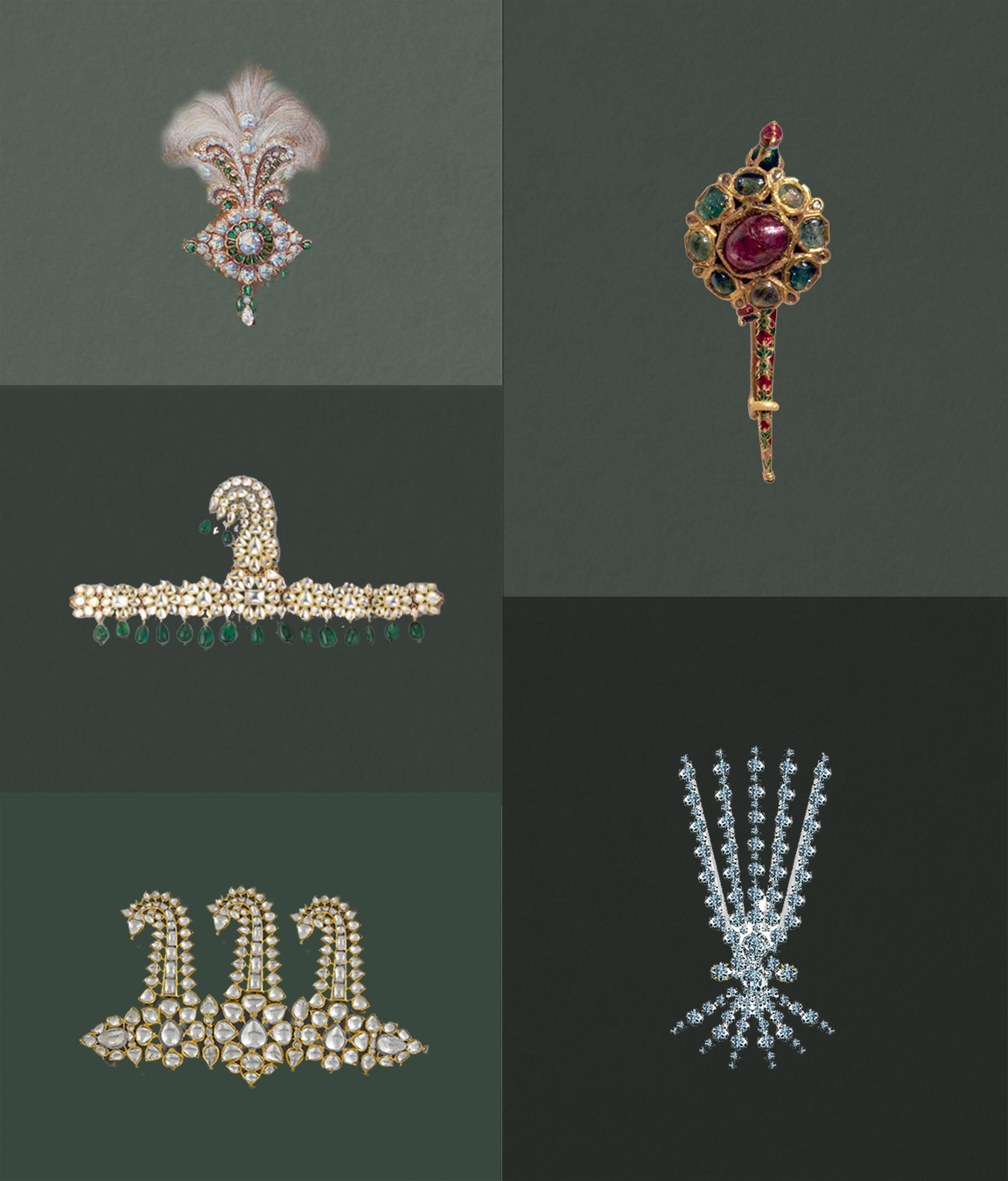
The Sarpech Across Cultures
The Mughals were famously cosmopolitan, and their ideas and crafts were coveted the world over. As the sarpech traveled far and wide, it began to acquire new names given to it by the cultures that encountered it. In Turkey, it came to be known as the “sorguch”. In Persia it was given the name “jikka”, drawing from the Persian word for “crest” or “tuft”. And in the Indian subcontinent, it evolved from a single structure into grander variations with each century.
The traditional Sarpech had a single ‘kalangi’ (upward rising unit). By the 18th century, the zeitgeist of the times leaned towards extravagance. And so emerged the teen-kalangi sarpech with three ‘kalangis’ rising upward. And by the 19th century, a particularly extravagant sarpech could be adorned with as many as four to six additional parts at the base and as many as five ‘kalangis’ rising upward, each with its own embellishments.
A fine specimen and rare jewel from the late 18th century features 132 natural diamonds. Designed as nine floral panels, it is also embellished with 17 natural Colombian emeralds and three natural pearls. According to the British auction house Christie’s (where it was on auction in 2001), “the sheer size and magnificence of this piece is truly remarkable… To find a complete example that wraps itself most of the way around the entire turban is indeed rare… [The Type IIA diamond identified in the sarpech] is very rare and has a brightness often associated with diamonds from the Golconda region of India. It is quite likely that all the diamonds would have originated from the same source.”
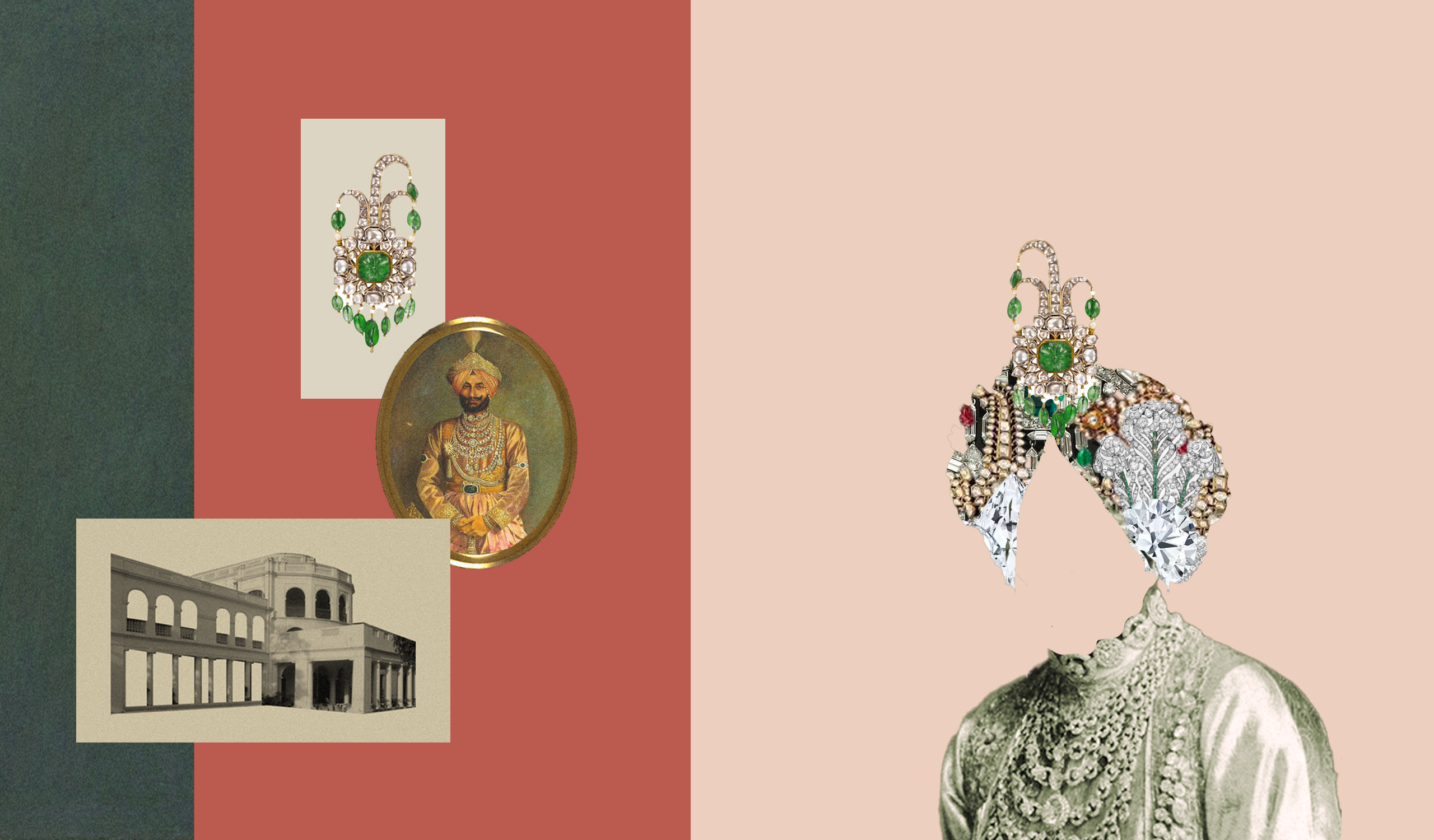
The Modern Sarpech
Before long, the sarpech had traveled the world and dazzled everyone who came across it. And as with all things beautiful, it moved men to make it better, more stunning, and incomparably glamorous.
Popular European techniques like setting natural diamonds in lightweight, “invisible” platinum soon reached the subcontinent – where long-standing design values were already undergoing their own evolution. Traditional ‘floral realism’ designs were becoming less dominant, and a wider range of motifs was now being employed in designs.
A 2021 auction by British auction house Roseberyssaw a spectacular 20th century sarpech commissioned by the Maharaja of Patiala, Bhupinder Singh. The magnificent piece is set with 133 real diamonds, 15 Burmese rubies and a large natural pearl.
…with all things beautiful, it moved men to make it better, more stunning, and incomparably glamorous…
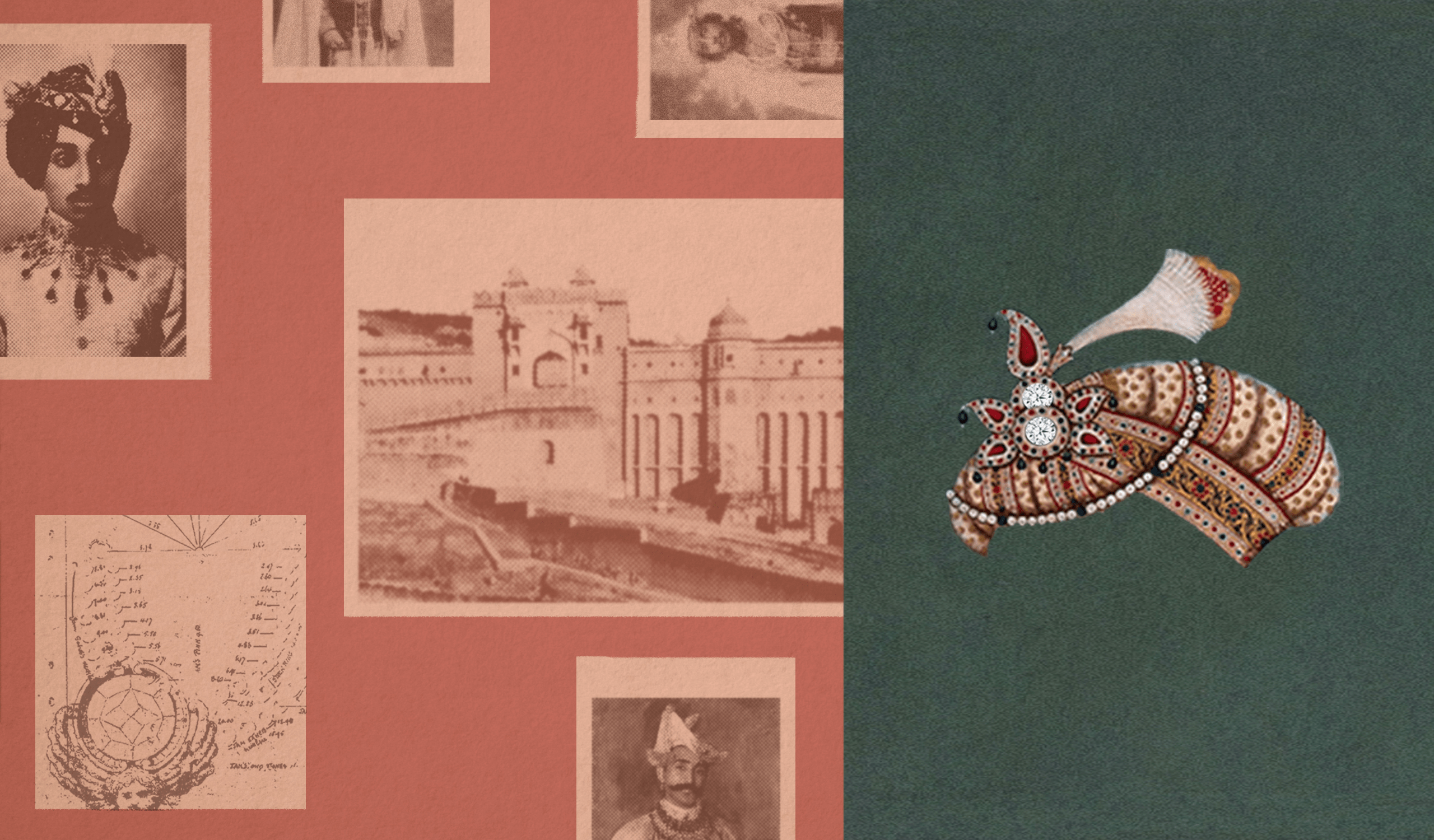
Significance Of The Diamond Sarpech Today
One of the many things that make the sarpech a truly fascinating ornament is that it may very well be the first piece of jewellery to ever be used as a signifier of social status for men in the subcontinent. While the kalghi was mainly worn as part of royal jewels, the sarpech has held more widespread significance, at different points personifying nobility, rank, and status.
Over the years, it has evolved into an emblem of luxury for the grandest of occasions. Today, it is most commonly worn in celebrations such as wedding ceremonies by grooms and groomsmen – modern maharajas in their own respect, while traces of its historical significance still peak through from windows of persevering royalty. The current (titular) Maharaja of Jaipur, Padmanabh Singh, has been seen to adorn his turban with a spectacular sarpech on several occasions.
